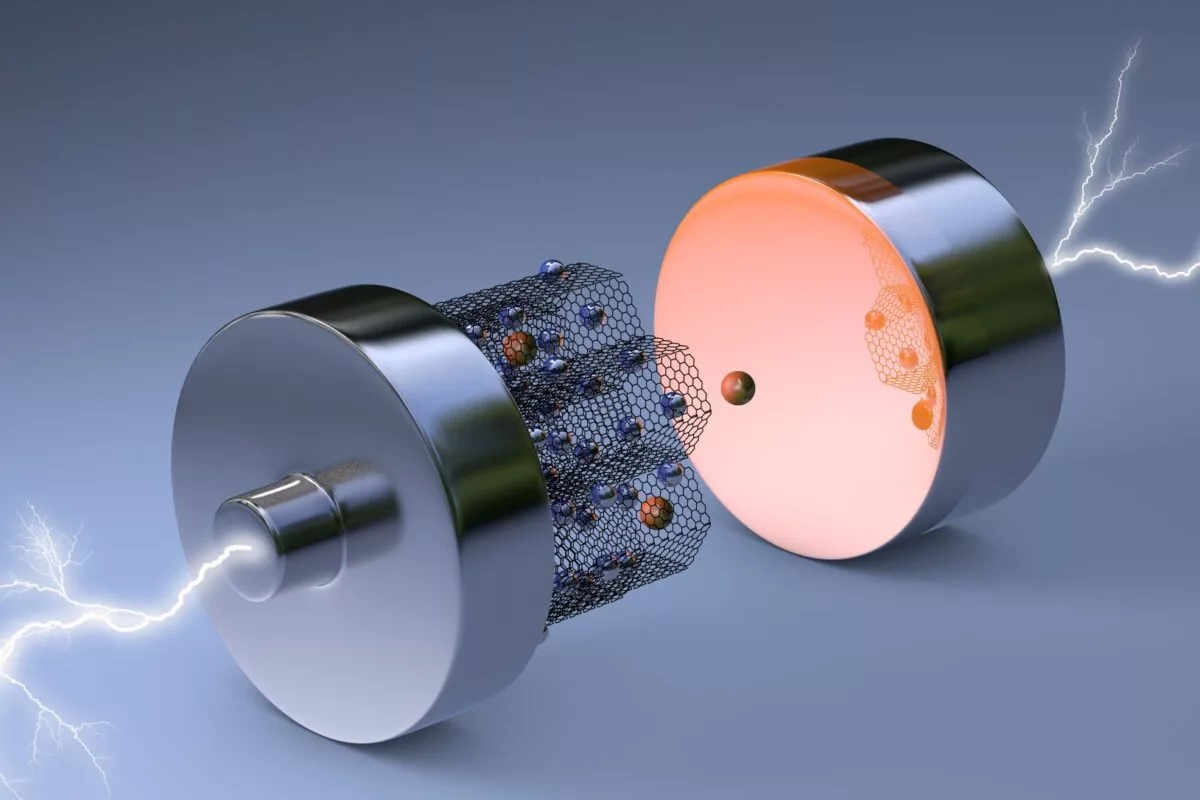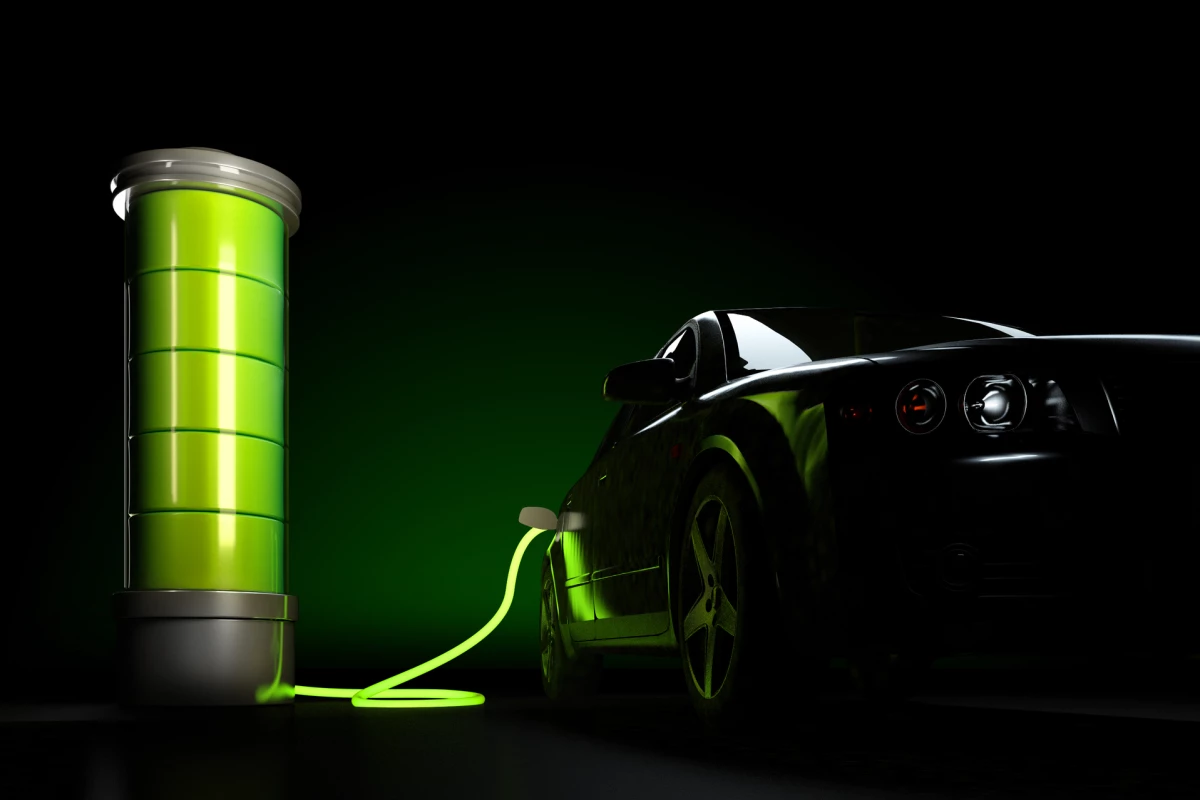Scientists experimenting with key components in lithium batteries have come up with a promising new design that could one day see electric vehicles charge much faster, and offer twice the range at the same time. The breakthrough centers on a new, thickened electrode made up of vertically stacked layers that allows for easier transport of lithium ions.
Led by scientists at the University of Texas at Austin, the work was carried out in pursuit of high-power energy storage systems that could be put to use in electric vehicles of the future. One approach to this type of design involves using stacked layers of very fine two-dimensional materials to form the battery’s electrodes, but this does have its limits.
Thicker electrodes might mean more energy storage potential, but they also mean more ground for the lithium ions to cover. Horizontally aligned layers of electrode material forces the ions to snake back and forth as they exit and enter the electrodes, which leads to slower charge times.
“Two-dimensional materials are commonly believed as a promising candidate for high-rate energy storage applications because it only needs to be several nanometers thick for rapid charge transport,” said study author Guihua Yu. “However, for thick-electrode-design-based next-generation, high-energy batteries, the re-stacking of nanosheets as building blocks can cause significant bottlenecks in charge transport, leading to difficulty in achieving both high energy and fast charging.”

To achieve both high energy and fast charging, the scientists came up with a new way of putting together the thin layers of electrode material. The advance came via the use of magnetic fields to carefully manipulate the orientation of these layers, arranging them into vertical stacks rather than the typical horizontal form. This had the effect of creating “efficient pathways for mass transport” of the ions through the electrode.
“Our electrode shows superior electrochemical performance partially due to the high mechanical strength, high electrical conductivity, and facilitated lithium-ion transport thanks to the unique architecture we designed,” said study author Zhengyu Ju.
The team's electrodes far surpassed the performance of commercial electrodes, and another experimental battery with horizontally stacked electrode layers the team used as a control. The vertically stacked electrode was able to be recharged to 50% capacity in 30 minutes, whereas the horizontally stacked electrode took 2 hours and 30 minutes to charge to the same level.
The researchers say their dense and thick electrode offers some of the best capacity figures “reported in literature,” and believe it could lead to electric vehicles with twice the range offered by commercially available battery electrodes. There is a lot more work to do for that to come to fruition, with the team emphasizing that it is early days, and that it only applied the technique to a single type of battery electrode. They do, however, believe it could be a “potentially universal methodology.”
The research was published in the journal Proceedings of the National Academy of Sciences.
Source: University of Texas at Austin




